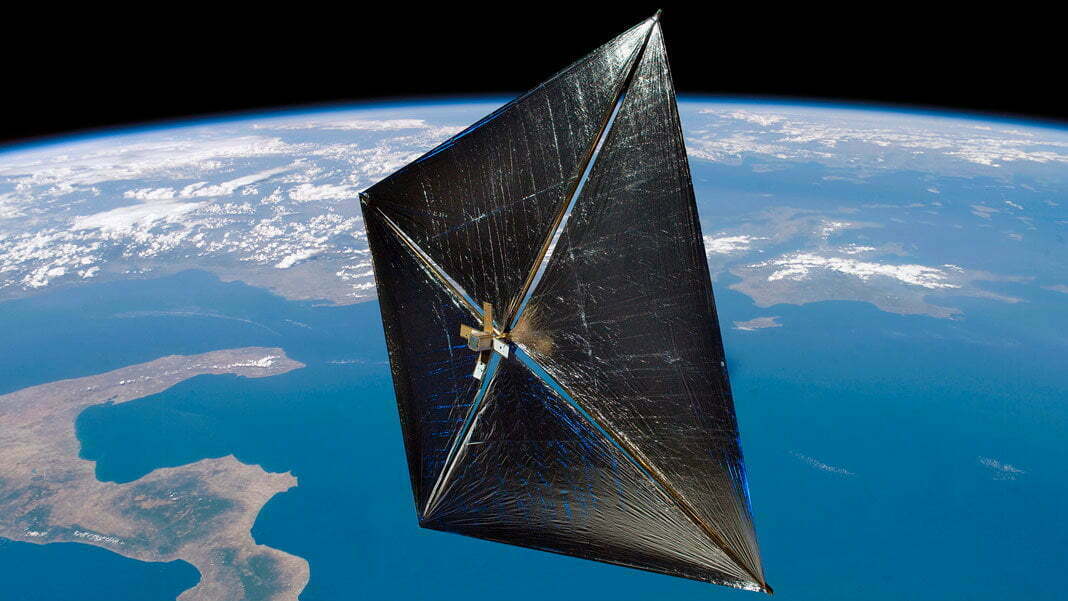It’s a radical idea, and it just might just work. Reducing the amount of light reaching our planet could cool the Earth quickly, even with rising carbon dioxide levels. While the asteroid which helped wipe out the dinosaurs blocked out 90% of the Sun’s rays, we would need to divert just 2-4%, it’s believed, to take the Earth back to its pre-industrial climate.
Category: Science
ONLY ONE PERSON WAS EVER KILLED BY A METEORITE SINCE 1800, TERRIBLE LUCK I WOULD SAY
What are your chances of getting smacked and killed by a meteorite? One astronomer put the odds of death by space rock at 1 in 700,000 in a lifetime, while others say it’s more like 1 in 1,600,000.
New Kaleidoscopic Map Details the Geology of the Moon
This animation shows a rotating globe of the new Unified Geologic Map of the Moon with shaded topography from the Lunar Orbiter Laser Altimeter (LOLA). This geologic map is a synthesis of six Apollo-era regional geologic maps, updated based on data from recent satellite missions. It will serve as a reference for lunar science and future human missions to the Moon. Credit: NASA/GSFC/USGS.
DO YOU KNOW HOW OUR BLOOD VESSELS HEAL THEMSELVES AND ANSWER TO THIS QUESTION HAS THE POTENTIAL TO SAVE MANY LIVES?
A four-week-old human embryo already has miles of blood vessels. By adulthood, we each have 60,000 miles of blood vessels inside our bodies – that’s more than twice the distance around the world. Those vessels keep blood flowing, supplying your tissues with oxygen and nutrients and keeping your organs, including the heart, healthy. In the… Continue reading DO YOU KNOW HOW OUR BLOOD VESSELS HEAL THEMSELVES AND ANSWER TO THIS QUESTION HAS THE POTENTIAL TO SAVE MANY LIVES?
A THIN, IRON-BASED GENERATOR USES WASTE HEAT TO PROVIDE SMALL AMOUNTS OF POWER
Researchers have found a way to convert heat energy into electricity with a nontoxic material. The material is mostly iron, which is extremely cheap given its relative abundance.
NOVEL PROTEIN PLAYS A KEY ROLE IN THE TRANSDUCTION OF MECHANICAL CUES TO BLOOD VESSELS
Cella and tissues are far from being mere static structures. They have the ability to sense and dynamically react to external cues to ensure that they adapt to the ever-changing outside environment. Now, researchers from the University of Tsukuba have identified a novel protein that plays a central role in the transduction of external mechanical… Continue reading NOVEL PROTEIN PLAYS A KEY ROLE IN THE TRANSDUCTION OF MECHANICAL CUES TO BLOOD VESSELS
RESEARCHERS HAVE DISCOVERED A NOVEL STRUCTURE FOR METAL HALIDE PEROVSKITES THAT SHOWS POTENTIAL FOR MORE EFFICIENT TECHNOLOGIES
Florida State University researchers have discovered a novel structure for organic-inorganic hybrid materials that shows potential for more efficient technologies.
